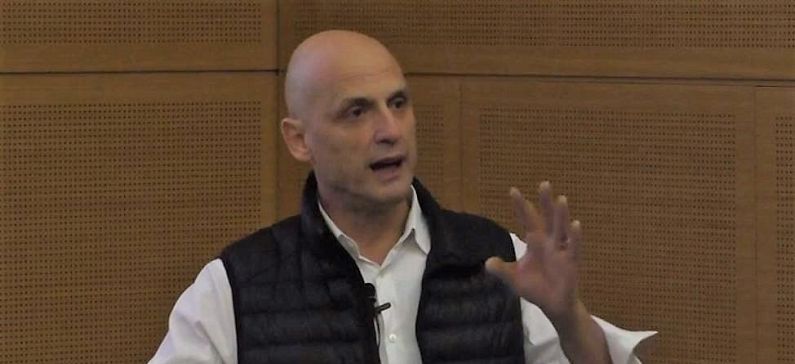
He redefine through software the use of architectural design programs
Dr. Athanassios Economou holds a Diploma in Architecture (1990) from the National Technical University (NTUA), Athens, Greece, a Masters of Architecture (1992) from the University of Southern California (USC), and a PhD in Architecture (1998) from the University of California, Los Angeles (UCLA).
Dr. Economou is Associate Professor in the College of Architecture at the Georgia Institute of Technology. Dr. Economou teaching and research is in the areas of shape grammars, parametric design, computer aided design and discrete mathematics and design (combinatorics, symmetry, proportion).
He is the Director of the Shape Computation Lab (SCL) and the Georgia Tech Study Abroad Program on Architecture and Art in Greece and Italy.
The Shape Machine is a software application developed at the Shape Computation Lab at the School of Architecture, College of Design, in collaboration with the Schools of Mathematics and Interactive Computing at the Colleges of Science and Computing at Georgia Institute of Technology. The application is the very first one that manages to successfully meet the challenges that separate the visual rules from their symbolic counterparts and offer an unprecedented framework for the computations envisioned by the academic community and the CAD users since the early seventies
The current prototype of the Shape Machine is a plug-in implemented in Python within the modeling software Rhinoceros by Robert McNeel and Associates. The core concepts of Shape Machine include three main modules: a) a new implementation of the reduction rules, a set of algorithms that provide a unique description to every shape in terms of the smallest number of maximal elements that specify it; b) a new implementation of shape recognition for all shapes consisting of straight lines, arcs and their combinations under all Euclidean transformations; and c) a new implementation of a rule compiler of shape modification for all shapes consisting of straight lines, arcs and their combinations under all Euclidean transformations. Examples of studies using the software are given at the website of the Shape Computation Lab.
The shape machine technology fundamentally redefines our current foundations of CAD in terms of both representation and process and in terms of how we learn design and do design too. Likely users that would benefit from this technology include architects, engineers, computer scientists, students and educators, and in general designers who use drawings and visual models to develop and communicate their ideas.
Recent funded research projects include the shape grammar for Federal Courthouse (2010-2012) and a web-based database for the US Courthouses (CourtsWeb, 2007-2010). Design projects from his graduate studios at Georgia Tech have received prestigious awards and honorable mentions in international and national architectural competitions).
He has been invited to lecture at several Universities including MIT, GSD-Harvard, University of Michigan, Ann Arbor, MI, the University of Los Angeles, (UCLA), the Ohio State University, Columbus, OH, the National Technical University of Athens, Greece, the University of the Aegean, Greece and others.


















